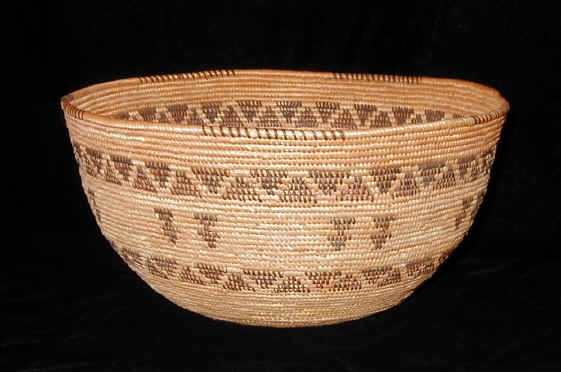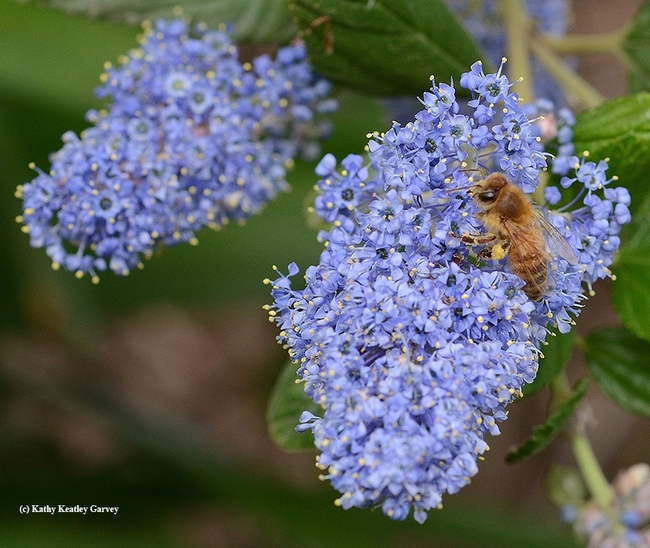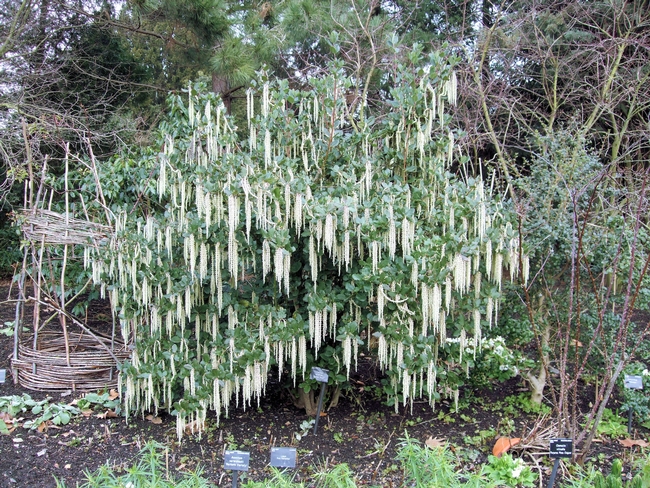Back in January of this year, we outlined UC Master Gardener Program priorities for the upcoming year, focusing on diversity, equity, and inclusion. Throughout the year, we have shared a four-part, Celebrating California Gardens blog series highlighting plants, gardening practices, and vibrant traditions sometimes missing from the UC Master Gardener Program curriculum. While this is our fourth contribution to the blog series, we look forward to continuing this effort by amplifying the voices of black, indigenous and gardeners of color in 2022. If you have a story to contribute, please reach out to Melissa Womack at mgwomack@ucanr.edu. We hope you will join us in continuing our effort to deepen our knowledge and build our skills.
As a California transplant, I can genuinely say that the biodiversity in this incredible state is awe-inspiring. Whether appreciating spring blooms in the rolling hills around our state, studying bee diversity in the garden, or birding along the Pacific Flyway, I have never been disappointed. We truly have an abundance of nature surrounding us.
In learning about the history of our state, it is clear this rich biodiversity has been key to the success of California and its people. Before European colonization, California contained the largest Native American population density north of what is now Mexico. Five hundred distinct groups of Native Californians stewarded this land, working with native flora, fauna and climate to support thriving ecosystems.
Life in early California darkened with colonization that introduced invasive plant species, disease epidemics, and the forced removal of Native Californians from their ancestral lands. As residents of California today, it is important for us to learn about these atrocities and honor the people, cultures, and Indigenous territories of California. I respectfully submit this blog post from my home, which sits on the border of ancestral lands of the Nisean and Patwin peoples. You can also learn about territories, languages, and treaties that are the history of where you live.
The California native plants that we prize in our landscapes today also have rich history of use and value to Native Californians. Many of our landscapes include these plants such as deergrass, California lilac, and silktassel. As a gardener, it is fascinating to understand these plants by seeking information about their uses. For me, it has deepened my appreciation of the plants around me.
Deergrass (Muhlenbergia sp.) is a large and showy California native bunchgrass. Today, we commonly see deergrass used as an ornamental landscape staple not only in home landscapes but also in medians and public plantings. This low-maintenance grass only needs to be cut to the ground every three years to refresh its appearance and is a showy display in the landscape year-round. Large planting beds and landscapes can accommodate Muhlenbergia rigens (approx. 4.5'x4.5') but for those looking for something smaller with the same affect, there is Muhlenbergia dubia (approx. 3'x3').
Many Indigenous Californians, including but not limited to the Cahuilla, Mono, and Yokut People, used this dense bunchgrass for weaving baskets. Stands of deergrass were carefully managed to produce prolific, long, straight flower stalks prized for their strength and flexibility. The flower stalks were cut, clustered into groups and then coiled to create baskets. When submerged in water, deergrass stalks expand, thereby creating watertight vessels for transporting liquids and for cooking.
A second important native plant, and one of my spring and summer favorites, is California lilac (Ceanothus sp.), this floriferous native perennial comes in a variety of shapes and sizes from low growing groundcovers to tall and stately shrubs. Personal favorites include Ceanothus ‘Concha' for its prolific blooms and Ceanothus ‘Gentian Plume' for its incredibly large flower racemes. These beautiful bloomers also attract a myriad of honeybees, native bees, and butterflies.
California lilac is used by Native Californians for a number of purposes, from food to medicine and fabric dye. One unexpected use is as a soap. Flowers can be harvested and when rubbed vigorously between wet hands, they produce a lovely fragranced lather. The flowers can be used fresh or dried to create this effect. The Nuwa People of the Tehachapi Mountains call California lilac matambu (ma-TAM-buh).
Another one of California's unique show-stopping perennials is the silktassel (Garrya eliptica). If you have never seen this tree in bloom, I encourage you to seek it out December-January as it is truly remarkable. The male trees produce dramatic light-colored catkins against dark leathery green leaves. When not in bloom, this small evergreen tree can also function as a large shrub and is gaining popularity with gardeners around the state.
Silktassel is native to the coastal areas of California and Oregon, and Native Californians harvested and used the wood of this tree to make tools. One example is from the Yurok People, stewards of land in and around the Klamath River and Klamath River estuary. Wood harvested from the silktassel was used to create scraping tools to remove mussels from rocks within the estuary. Additional food harvesting tools like fishing weirs and spears used wood from silktassel and other California native trees.
As a gardener, I feel responsible for understanding the plants that I tend in my landscape, from attributes and water needs to their pollinator value. I've also enjoyed scratching the surface of the rich history of these plants but have so much to learn. I've benefited from the robust web presence of many Tribal Communities where I have found information about historical and current plant uses, environmental restoration, and stewardship efforts. I encourage other gardeners to join me in this effort.
There are also gardens and heritage centers to visit to learn and show respect for the cultures and communities of Native Californians. Best yet, we can seek out events that celebrate and educate about traditions of the past, present and future of the original people of California. As reparation, we must also learn about and unveil the atrocities that happened to Native Californians and how non-native people like myself have benefitted from the displacement and marginalization of native people, cultures and traditions.
Would you like to learn more about the University of California and recommended actions regarding accountability to Native Californians? A report was recently published summarizing a 2020 forum, The University of California Land Grab: A Legacy of Profit from indigenous Lands.
Resources
Anderson, M. K. (2013). Tending the Wild: Native American Knowledge and the Management of California's Natural Resources. University of California Press.
Armstrong, W. P. (2015, April 10). Deergrass: A Native Bunchgrass Planted at Palomar College. Arboretum Newsletter Number 9. https://www2.palomar.edu/users/warmstrong/DeerGrass1.htm
Atkins, D. B., & Bauer, W. J. (2021). We are the Land: A History of Native California. University of California Press.
Parsons, M. E. (1966). The Wild Flowers of California. Dover Publications.
Native Land Digital (2021). https://native-land.ca/
Pearlstein, E., de Brer, C., Gleeson, M., Lewis, A. (2008). An Examination of Plant Elements Used for Cahuilla Baskets from Southern California. Journal of the American Institute for Conservation 47(3): 183-200.
https://www.researchgate.net/publication/272255929_An_Examination_of_Plant_Elements_Used_For_Cahuilla_Baskets_from_Southern_California
The Yurok Tribe (2021). https://www.yuroktribe.org/




